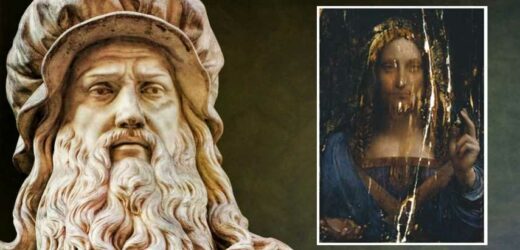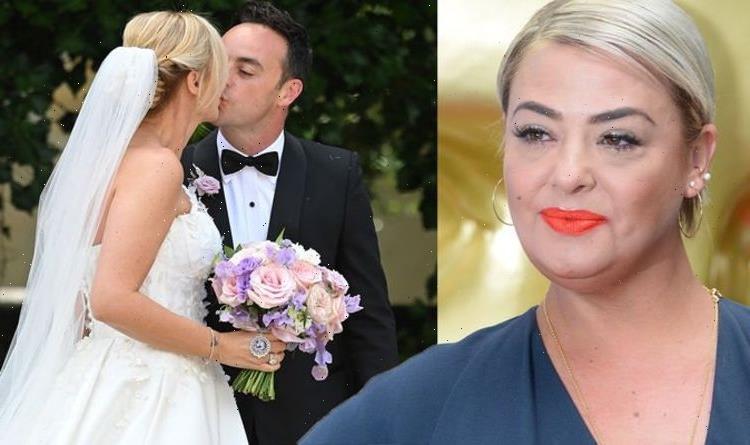Art auctions, museums and collections have been popular for decades, however the interest in older works have waned according to ART News. Collectors prefer Andy Warhol, Pablo Picasso and other 20th century pieces.
That is, until a record-breaking sale occurred in 2017 in the “Old Masters” category for a newly found, and extremely rare painting by Leonardo da Vinci sold for $450.3 million to Mohammed bin Salman, Crown Prince of Saudi Arabia.
Not only is the DaVinci the most expensive painting ever sold, it comes with a range of controversy and questions, experts in the art field are still trying to work through.
In the Beginning
In 2005, Robert Simon and two business partners purchased a badly damaged painting at a Louisiana auction. With a passion for DaVinci, Simon set out to see if restoring the painting was possible or if it was even authentic.
Renowned and widely respected restorer Dianne Dwyer Modestini set to work, correcting large slashes extending from the top of the painting, through Christ’s face and toward the bottom.
Once restored, in May 2008, experts in DaVinci work gathered at the National Gallery in London to inspect and discuss the authenticity of a painting, believed to the first Leonardo da Vinci found in decades.
The painting depicts a long, curly haired and bearded man looking straight ahead, with one hand pointing toward the sky and the other holding a sphere. Thought to be long-lost masterpiece, “Salvator Mundi” (Latin for Saviour of the World) the experts couldn’t help their excitement.
The thrill in the room was tangible, according to The Guardian and the piece was officially considered authentic.
RELATED: Van Gogh Painting Unseen For 100 Years Sells For $15.4 Million
In 2011, the portrait of Christ was unveiled in the National Gallery’s Leonardo exhibition and in 2017, the painting sold as the most expensive painting ever auctioned.
Curious Events Lead to Questions
Immediately after the sale, questions began circulating among the art industry as to the history behind the painting and its authenticity.
Two separate studies were conducted, according to Smithsonian Magazine, surrounding the raised hand and the sphere. Were those portions of the painting added after DaVinci’s original design and if so, were they even added by DaVinci himself?
Modestini has stated she believes the head and first position of the raised hand were painted at the same time; however, Louvre restorers Vincent Delieuvin, Myriam Eveno and Elizabeth Ravaud believe the raised hand was painted after the fact due to one portion of the painting lying directly on the background while other portions do not, proving it could not have been painted at the same time as Christ’s head and body.
The Louvre restorers and Louvre president, Jean-Luc Martinez have stated in an unpublished text that they do believe the entire piece was created by DaVinci, but most likely, the hand and sphere were done after a time lapse.
The second study, done by computer scientist Steven J. Frank and art historian Andrea M. Frank is set to publish in the MIT Press’ Leonardo journal soon. The pair used convolutional neural networks (CNNs) to identify pieces in the art world as authentic.
According to the Art Newspaper, the Frank’s believe DaVinci created Christ’s head and shoulders but not his raised hand and sphere.
The Process of Restoration
Not only have both studies raised questions about the full authenticity of painting, but Thomas Campbell, former director of New York’s Metropolitan Museum questioned the conservation steps taken to restore the piece.
A photo of the piece mid-restoration has surfaced and sheds light on the extensive restoration needed to make the piece what it is today. The dramatic differences lead experts to question how far one should go to restore a historical painting.
Martin Clayton, a curator of DaVinci’s drawings at the Royal Library in Windsor Castle agrees the painting is “all Leonardo” however, after the restoration, the very pure Leonardo work as has been partly “obscured.”
In fact, in the original painting, Christ had two right thumbs; what art historians call “a repentance, used to mean a second thought”. By the time the painting was revealed at Christie’s auction, Christ’s hand shows a single thumb – evidence, some say, the restoration has been overdone.
Many art historians have weighed in on the discussion, citing the common use of a student or understudy to complete a painting DaVinci or his famous peers were bored with or even as an educational tool for their pupils. It was also a common occurrence for several similar paintings to surface, one by DaVinci and three similar works by his students.
Where is it Now?
The Saudi Arabia’s Ministry of Culture allowed experts to conduct a scientific analysis of the painting in 2018, however, a historic unveiling was scheduled in 2019 at the Louvre Abu Dhabi for visitors to see the “Salvator Mundi” but just weeks prior, the event was suddenly postponed, leaving some to believe Bin Salman got cold feet from all of the gossip and rumors surrounding the piece.
Kemp insists that the issue is not fear of authenticity but will not comment further. For audiences, the mysterious disappearance into the recesses of Bin Salman’s possession just continue to fuel speculation, confusion and mystery.
READ NEXT: 10 Most Expensive Paintings Ever Sold At Auction
Sources: ART News, The Guardian, Smithsonian Magazine, Art Newspaper
Source: Read Full Article


